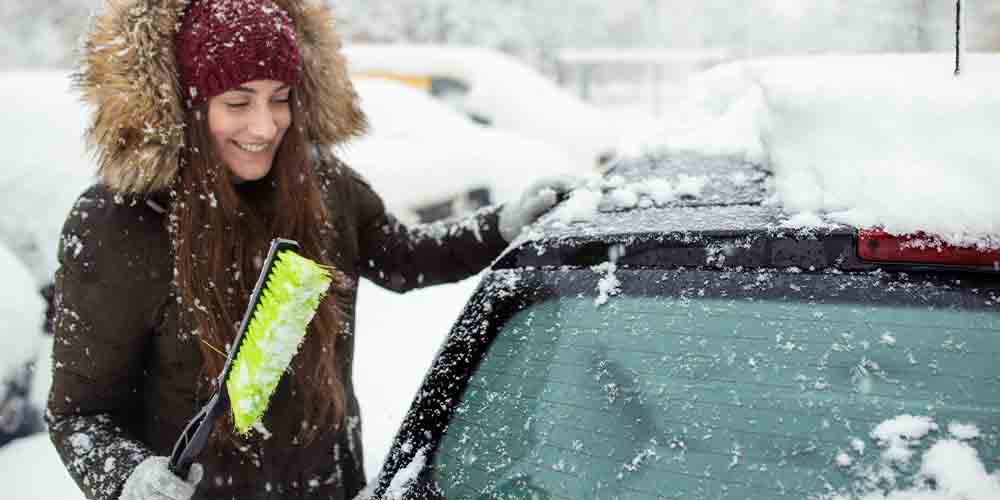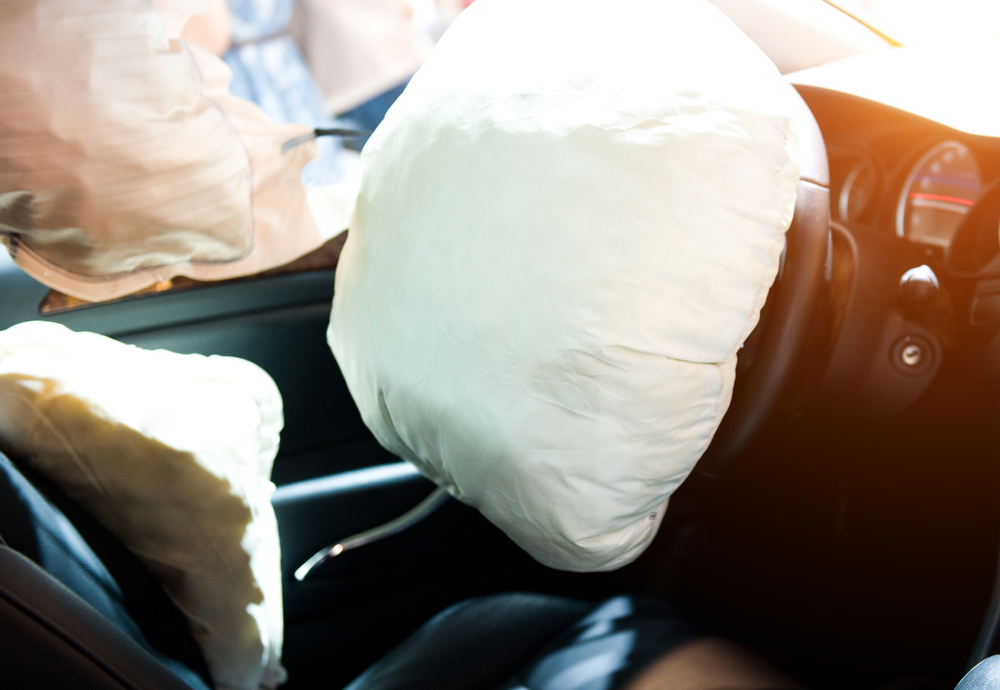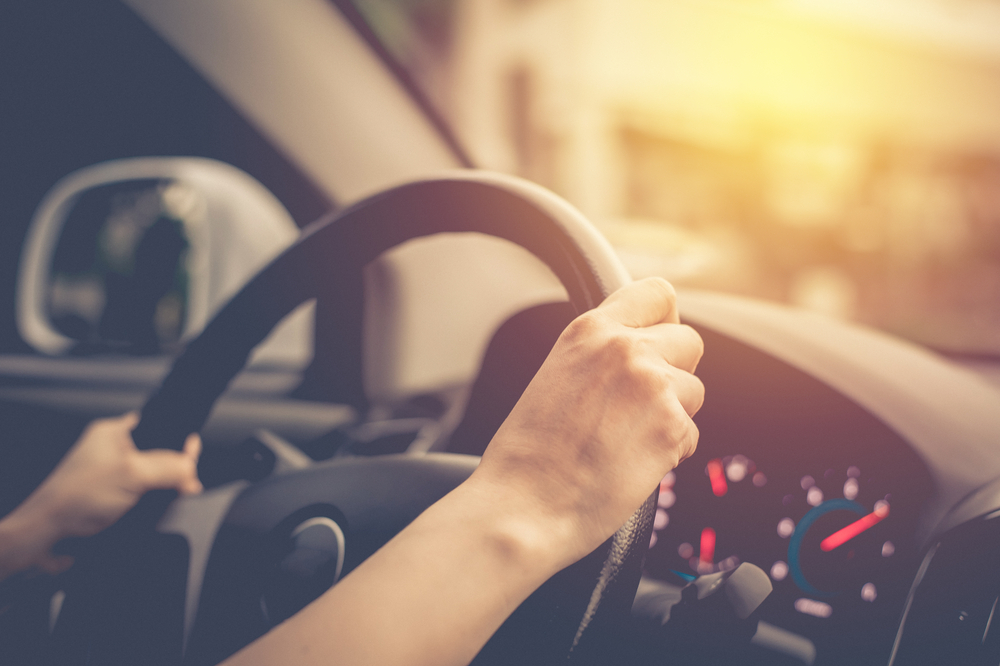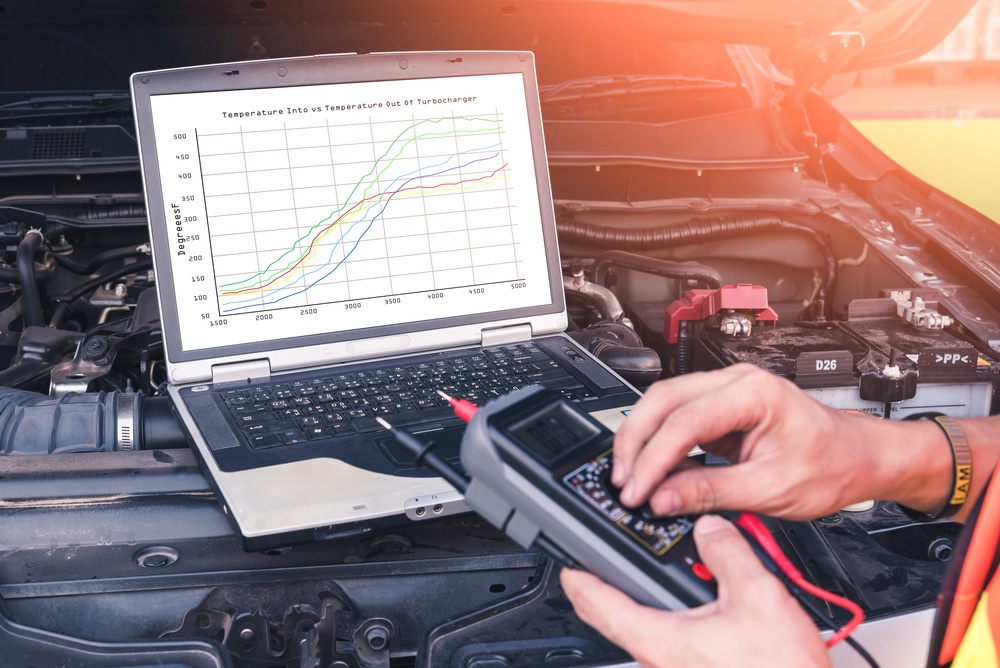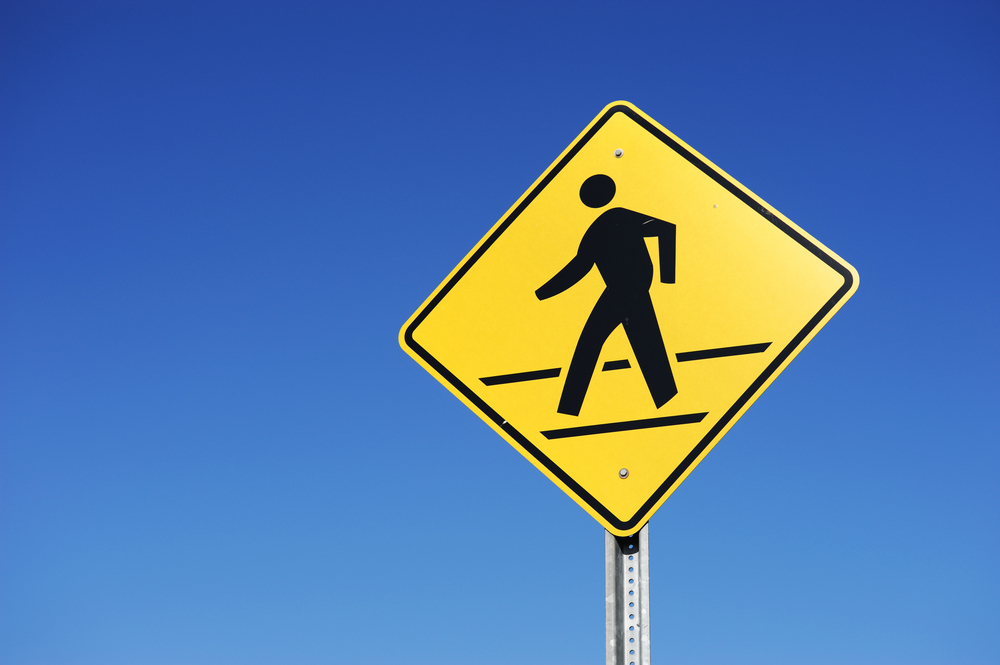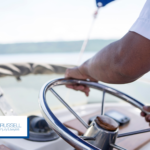Fall is an exciting time of the year. The leaves are changing colours, the air is getting cooler and the idea of wrapping up in a blanket with a warm beverage is too good to resist. There are pumpkin patches to visit, apples to pick and piles of leaves to jump in.
Going for a car ride to admire the beautiful colours and scenery Ontario has to offer is a great way to spend time with your family outside of your home in a safe environment. While these mini-road trips can induce a sense of freedom and possibility, they can also pose a serious risk when drivers fail to navigate the roads safely.
So, before you embark upon your next adventure, ensure that you’re aware of these safety precautions that must be taken to ensure a safe arrival at your destination:
Plan Ahead
First and foremost, it’s crucial to map out your route before you sit down in your vehicle. In doing so, you will learn ahead of time if you will be encountering any obstacles such as construction zones. In addition, planning ahead gives drivers the confidence of knowing how long the drive will take, so they can plan accordingly and avoid rushing through traffic to make it to their destination on time.
Double Check Items in Tow
It’s imperative that if you are towing a trailer, a boat, or any other item behind your vehicle, you ensure that it is secured properly. If it’s a trailer, double-check that the lights on it are working, so that the traffic following behind you can see if you are about to pull over or turn. Furthermore, confirm that the trailer tires are in good shape, to avoid any potentially dangerous accidents on the highway.
Avoid Distracted Driving
The digital age has created the pressing issue of smartphone addiction. If you’re operating a vehicle, you should comply with a strict “no cell phone” rule, to avoid any temptation to check your phone. Distracted driving is a highly dangerous plague to the safety of drivers everywhere.
Luckily, Ontario law now deems it illegal for drivers to use their phones for communication purposes while on the road. Still, not everyone adheres to these laws, and those who use their cell phone behind the wheel are four times more likely to crash than those who focus on driving. Not only do you amplify the risk of causing your passengers harm by checking your phone, you further put the safety of surrounding vehicles in jeopardy.
However, if you’re on the road and desperately need to make a call, you are permitted to do so using Bluetooth technology and the hands-free function on your phone.
Practice Defensive Driving
Defensive driving entails driving with the sole intent of avoiding a collision. This may mean remaining even-tempered when faced with aggressive drivers, maintaining a comfortable speed, and a safe distance between yourself and other vehicles. By having patience and practicing defensive driving, you limit the risk of injuring yourself, your passengers, and the people in surrounding vehicles.
Stay Focused
If your trips Point A is a considerable distance from its Point B, you’re going to need to ensure that you get the rest you require to avoid a fatigue-related collision. You should not allow the excitement and anticipation of reaching your destination to impair your judgment of when it’s time to take a break from driving. Furthermore, be sure to make frequent stops at gas stations, even if you don’t need to purchase anything so that you can stretch and increase your alertness and blood circulation.
By taking these safety precautions on your road trip, you’ll dramatically lower your risk of getting into an accident on your journey. However, if you have been injured in a car accident due to another driver’s negligence, you may be able to receive compensation for the damages you faced. Contact us to book your free consultation.


